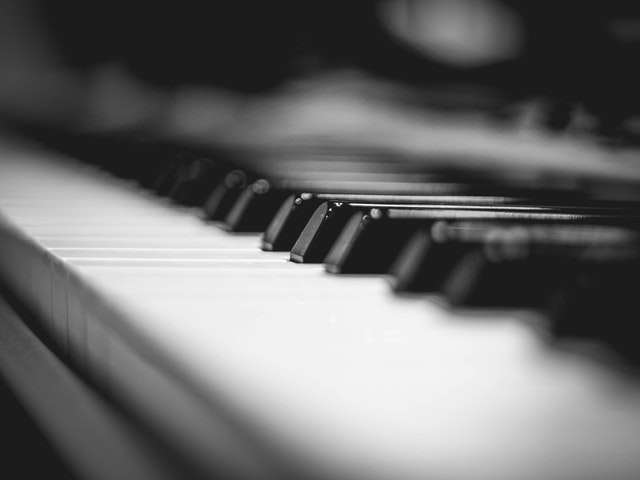
Having a basic understanding of music theory can be of very much help to you in music production.
This is why it’s advisable to learn the basics and practice enough for you to cement this theory knowledge.
In Music Theory, there are what are called sharps and flats. Theres often confusion when it comes to understanding the difference between the two but this post will help you clarify this.
A sharp ♯ sign means to go half a step to the right and flat ♭ means to go to the left half a step. The Sharp of a note is one semi tone higher than the natural while a flat is one semi tone lower than the natural. Semitones are also known as half steps.
Sharps And Flats
Sharps are denoted by a symbol that resembles a hashtag and they usually placed in front of a letter i.e C#.
A sharp simply says to raise the note to which it is assigned by half a step or a semi tone.
On a piano the black keys are often referred to as the sharps and flats, for example the key that is to the immediate right of C is C# which is a black key and the key that is to the immediate right of D is D#. Both of these are sharps which are a half step higher than the the naturals which are C and D.
Now that we have an understanding of this, the flats are simply opposite of the sharps. The flats are to the immediate left of the notes and are a semi tone lower than the next note which essentially means that they are a half step lower.
Flats are denoted by the♭symbol and the term for this is enharmonics which are notes of the same pitch but are known by two different names for example D sharp and E-Flat.
This basically means that D Sharp is an enharmonic of E Flat.
Related Questions
What comes first sharps or flats?
This actually depends on which key you’re considering a starting point. In music theory, we start from the root note which is C and then move half a step upward to go to the C# note.
Therefore it depends on the key or note that you wish to begin from, but my recommendation is staring with the Standard C which has sharp of C# and a flat of B.
Can you mix sharps and flats?
This is dependent on whether you want to mix them or not but the general idea is that they can be mixed to form chords and the like.
Theres no general rule that excludes them from being in the same scale.
Why do flats and sharps exist?
Flats and sharps exist as a way to denote and out a label on various pitches.
Flats represent a half step lower which is a semi tone lower in pitch while a sharp represents a half step higher which is a semi tone higher in pitch.
What sounds the same as F Sharp?
G flats sounds the as the as the F sharp sound.